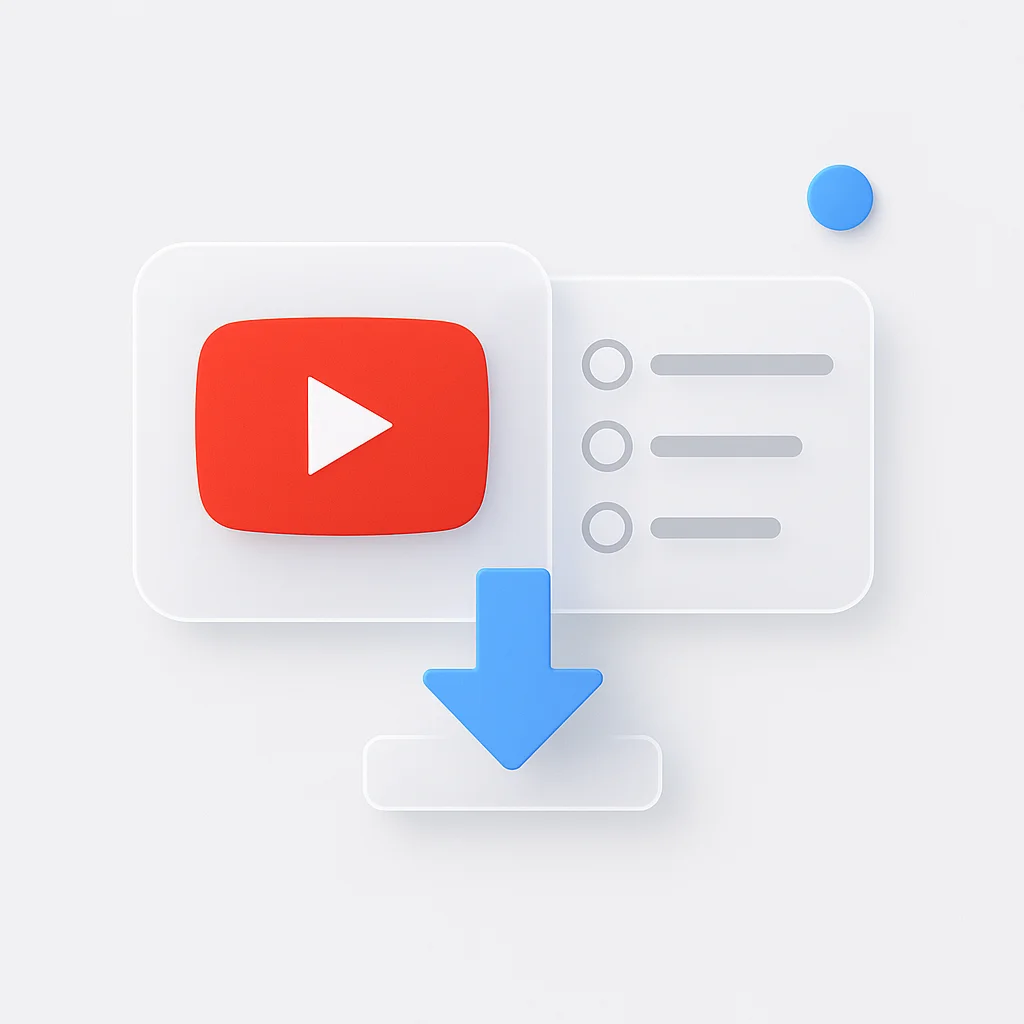私たちのデジタル主導の世界では、画面録画およびストリーミングソフトウェアの重要性が飛躍的に高まっています。これらのツールは、ビジネスコミュニケーション、教育、コンテンツ作成など、多くの分野で不可欠なものとなっています。市場にはScreencastifyとLoomという2つの優れたソフトウェアがあります。どちらも、ビデオの録画、編集、共有を可能な限り簡単にするように設計されたさまざまな機能を提供します。この記事では、ScreencastifyとLoomの機能を深く掘り下げ、さまざまな要素で比較して、特定のニーズに合った適切なツールを選択できるようにします。教育コンテンツを共有したい教育者、チームとコミュニケーションをとるビジネスプロフェッショナル、またはコンテンツクリエイターのいずれであっても、この比較は各プラットフォームが提供するものについての貴重な洞察を提供するはずです。
はじめに
世界が仮想インタラクションに傾倒し続けるにつれて、堅牢な画面録画およびビデオコミュニケーションツールの必要性がこれまで以上に明白になっています。リモート教育、製品デモ、または単に同僚とのつながりを維持するためなど、これらのツールは私たちの日常的なデジタルコミュニケーションの不可欠な部分となっています。このツールの大海の中で、ScreencastifyとLoomはトッププレイヤーとして登場し、それぞれ独自の機能と機能を備えています。この記事では、これら2つのプラットフォームを分析し、その中核機能を掘り下げ、情報に基づいた選択をするのに役立つ包括的な比較を提供します。
機能比較
画面録画
Screencastify:
そのシンプルさと効率性で有名なScreencastifyは、用途の広い画面録画機能を提供します。これにより、ユーザーは画面全体、特定のアプリケーションウィンドウ、またはブラウザタブを、Webカメラとオーディオ入力と組み合わせて録画できます。
Loom:
Loomも画面録画に優れています。フルスクリーン、単一のアプリケーション、または画面のカスタムサイズの領域をキャプチャするオプションがあり、Webカメラ映像とボイスオーバーオーディオを含めるオプションもあります。
ビデオ編集
Screencastify:
Screencastifyの編集スイートには、カット、トリミング、テキストオーバーレイ、その他の基本的な編集ツールが含まれています。ただし、より複雑な編集タスクの場合、追加のビデオ編集ソフトウェアが必要になる場合があります。
Loom:
Loomの内蔵ビデオ編集機能には、トリミング、コールトゥアクションボタン、カスタムサムネイル、および視聴者のインサイトが含まれます。専用のビデオ編集ツールほど強力ではありませんが、基本的な編集タスクには十分役立ちます。
音声録音
Screencastify:
Screencastifyは、クリアな音声録音オプションを提供し、ユーザーがマイクまたはシステムから直接サウンドをキャプチャできるようにします。
Loom:
Screencastifyと同様に、Loomはクリアな音声録音機能を提供します。ユーザーのマイクとシステムからのオーディオを同時に録音できます。
注釈ツール
Screencastify:
Screencastifyは、録音中にインタラクティブなツールバーを提供し、リアルタイムの注釈を提供します。描画用のペンや、特定の領域を強調表示するためのフォーカスマウスなどのツールが含まれています。
Loom:
Loomも録音中に画面上の注釈ツールを提供します。ユーザーは、リアルタイムで画面の特定の部分を描画、ハイライト、または指摘できます。
共有オプション
Screencastify:
Screencastifyは、共有オプションに優れています。ユーザーは、ビデオをGoogleドライブ、YouTube、またはメールで直接共有できます。また、共有可能なリンクと埋め込みコードも提供します。
Loom:
Loomは、ユーザーが共有できるすべてのビデオに一意のリンクを提供します。また、ビデオをソーシャルプラットフォームに直接共有することもサポートしており、Slackなどのさまざまなコミュニケーションツールとよく統合されています。
コラボレーション機能
Screencastify:
Screencastifyは、複数のユーザーコラボレーションを提供し、チーム内でのビデオの共有と編集を容易にします。
Loom:
Loomはコラボレーションに優れており、チームがビデオにコメントしたり、反応したり、フィードバックを提供したりできます。ワークスペース機能を使用すると、ビデオの管理と整理が簡単になります。
連携
Screencastify:
統合に関しては、ScreencastifyはGoogleドライブやClassroomなどのGoogleサービスとシームレスに接続するため、教育者にとって優れたツールです。ただし、Googleサービス以外のサードパーティの統合は非常に限られています。
Loom:
Loomは、Slack、Asana、Notionなどの一般的なプロジェクト管理およびコミュニケーションツールを含む、より広範な統合を提供します。この機能により、教育だけでなく、さまざまな分野でのチームコラボレーションに最適なツールとなっています。
プライバシーとセキュリティ
Screencastify:
Screencastifyは、ユーザーのプライバシーとデータセキュリティを優先します。COPPA、FERPA、およびSOPIPAに準拠しており、データプライバシーと保護に関する厳格な基準を満たしていることを保証します。
Loom:
Loomもユーザーのプライバシーとサイバーセキュリティを真剣に考えています。ビデオの保存と送信に暗号化を使用し、GDPRおよびCCPA規制に準拠しています。さらに、Loomは、パスワード保護など、ビデオの追加のプライバシー設定を提供します。
モバイルサポート
Screencastify:
現在、Screencastifyは専用のモバイルアプリケーションを提供していません。ただし、Screencastifyで作成されたビデオは、モバイルを含むあらゆるデバイスで表示できます。
Loom:
Loomには、iOSとAndroidの両方に対応した専用のモバイルアプリケーションがあり、ユーザーは外出先でビデオをキャプチャ、編集、共有できます。
オフライン機能
Screencastify:
Screencastifyではオフライン録画が可能で、インターネット接続が不安定なユーザーにとってはありがたい機能です。オフラインで行われた録画は、インターネット接続が復元されると、自動的にGoogleドライブに保存されます。
Loom:
現在、Loomはオフライン録画をサポートしていません。ビデオの録画と共有にLoomを使用するには、アクティブなインターネット接続が必要です。
クラウドストレージ
Screencastify:
Screencastifyは、プレミアムユーザー向けにGoogleドライブでビデオの無制限ストレージを提供し、ユーザーがストレージスペースを使い果たす心配がないようにします。
Loom:
Loomはユーザーにクラウドベースのストレージを提供し、利用可能なストレージ容量はサブスクリプションプランによって異なります。無料プランにはストレージ制限がありますが、有料プランではストレージスペースが大幅に増加します。
ユーザーインターフェースとエクスペリエンス
Screencastify
Screencastifyのユーザーインターフェースは、シンプルさと使いやすさを念頭に置いて設計されています。ワンクリック録画ボタンと直感的な編集ツールにより、初心者でもそれほど苦労することなくソフトウェアを操作できます。クリーンなレイアウトは効率的なワークフローを促進し、さまざまなユーザーに適しています。
Loom
Loomのユーザーインターフェースは洗練されており、モダンで、ユーザーにわかりやすいエクスペリエンスを提供します。簡単にアクセスできる録画および共有機能を備えたミニマルなデザインを提供します。一部のユーザーは、高度な設定にある追加機能を高く評価し、よりカスタマイズされたエクスペリエンスを提供します。
価格設定
Screencastify
Screencastifyには、無料プランとプレミアムプランの両方があります。無料プランは非常に制限されており、プレミアムプランは年間49ドルから始まり、無制限の録画、より多くの編集機能、および透かしなしを提供します。教育者向けに、Screencastifyは特別な価格設定を提供します。
Loom
Loomの価格体系には、基本機能と録画制限のある無料の階層が含まれています。有料プランは月額10ドルから始まり、より多くの録画時間、追加の統合、および優先サポートを提供します。大規模なチーム向けにエンタープライズプランも利用できます。
ユースケース
Screencastify
Screencastifyは、教師が教育ビデオの作成、採点、およびフィードバックの提供に使用する教育分野で特に人気があります。Googleサービスとの統合により、学術環境で人気があります。
Loom
Loomの柔軟性により、チームコミュニケーション、プロジェクトコラボレーション、セールスピッチ、カスタマーサポートなど、さまざまなアプリケーションに適しています。さまざまな職場ツールとの統合により、さまざまなビジネスコンテキストで汎用性が高まります。
カスタマーサポート
Screencastify
Screencastifyは、ユーザーにメールサポート、広範なナレッジベース、およびコミュニティフォーラムを提供します。プレミアムユーザーは、よりパーソナライズされたサポートを受けることができます。
Loom
Loomは、メール、ライブチャット、および包括的なヘルプセンターを通じて、堅牢なカスタマーサポートを提供します。プレミアムサブスクライバーは優先サポートを利用でき、問い合わせへの迅速な対応を保証します。
長所と短所
Screencastify
長所:
使いやすい
Googleサービスと統合
教育に適しています
短所:
無料プランの機能は制限されています
モバイルアプリケーションはありません
Loom
長所:
用途の広いユースケース
モダンなインターフェース
モバイルサポート
短所:
オフライン録画機能はありません
無料プランのサードパーティ統合は制限されています
ScreencastifyとLoomの比較
| 機能/側面 | Screencastify | Loom |
|---|---|---|
| 画面録画 | サポート | サポート |
| ビデオ編集 | 制限された機能で利用可能 | 高度な編集機能 |
| 音声録音 | 内部、外部、マイクのサポート | 内部、外部、マイクのサポート |
| 注釈ツール | 利用可能 | 利用可能 |
| 共有オプション | Googleドライブを含むさまざまなプラットフォーム | Slack、Asanaなどと統合 |
| コラボレーション機能 | チームコラボレーションをサポート | 広範なコラボレーション機能 |
結論
まとめ
ScreencastifyとLoomのどちらを選ぶかは、個々のニーズと好みによって異なります。Screencastifyは教育分野で優れていますが、Loomはビジネスアプリケーションにより優れた汎用性を提供します。どちらのツールにも、独自の強みと改善の余地があります。
推奨事項
教育者やGoogleサービスと深く統合されている場合は、Screencastifyが推奨される選択肢になる可能性があります。企業や用途の広いコンテンツクリエーターにとって、Loomの追加機能と統合により、より魅力的なオプションになる可能性があります。最終的に、最適なツールは、ユーザーの特定のユースケースと要件によって異なります。






